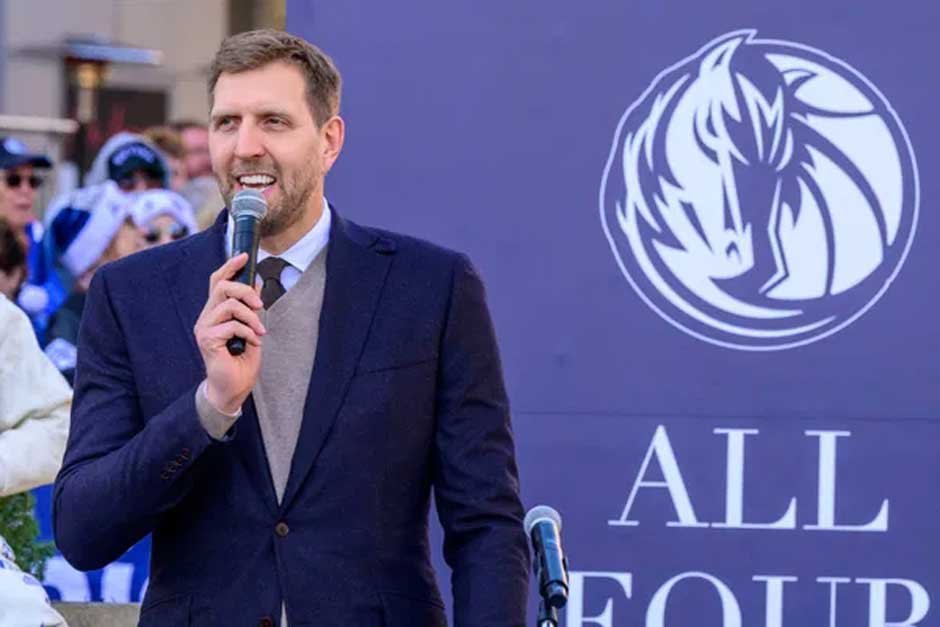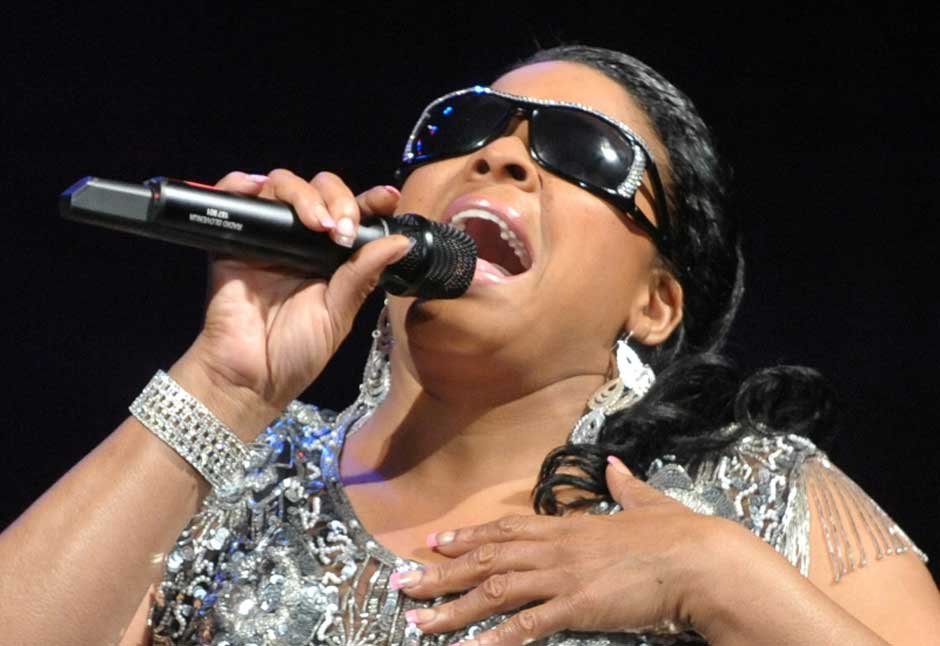Drew Bledsoe might not be the first name that comes to mind when discussing NFL wealth, but the former New England Patriots quarterback has quietly built one of the more impressive post-football fortunes in sports. At 52, Bledsoe’s net worth sits comfortably between $30 million and $35 million—a figure that tells only part of his remarkable financial story.
What makes Bledsoe’s wealth particularly interesting isn’t just the number itself, but how he’s managed to grow it long after hanging up his cleats. While many former athletes struggle financially after retirement, Bledsoe took a different path entirely.
Drew Bledsoe Net Worth Overview
The Drew Bledsoe net worth figure of $30-35 million comes from two distinct chapters of his life. First, there’s the obvious source: his 14-year NFL career that netted him roughly $80 million in salary. But here’s where it gets interesting—Bledsoe didn’t just park that money in a savings account and call it a day.
Instead, he rolled those NFL earnings into something completely unexpected: the wine business. And not just as a celebrity endorser slapping his name on bottles, but as a genuine entrepreneur who literally got his hands dirty planting vines.
This dual-income approach puts Bledsoe in rare company among retired NFL quarterbacks. While contemporaries like Donovan McNabb and Kurt Warner also accumulated around $30 million, few have matched Bledsoe’s success in building entirely new revenue streams after football.
Early NFL Career and Initial Earnings
Back in 1993, the New England Patriots were desperate. They’d won just 14 games over four miserable seasons, and fans were losing patience. Enter Drew Bledsoe, the first overall draft pick who arrived from Washington State with a rocket arm and sky-high expectations.
His rookie deal—three years, $8 million—might sound modest by today’s standards, but it was serious money for a 21-year-old in 1993. The Patriots weren’t just buying a quarterback; they were betting their franchise’s future on a kid from Walla Walla, Washington.
That bet started paying off almost immediately. By his second season, Bledsoe had the Patriots back in the playoffs for the first time in years. Suddenly, that $8 million investment looked like the bargain of the decade.
The Patriots recognized they had something special and acted accordingly. In 1995, they locked up Bledsoe with a seven-year, $42 million extension that reflected his growing status as one of the league’s elite quarterbacks.
Peak NFL Earnings and Record-Breaking Contract
Then came 2001, and with it, the contract that would define Bledsoe’s financial legacy. The Patriots offered him a staggering 10-year, $103 million deal—making him the highest-paid player in NFL history at the time.
Think about that for a moment. In 2001, $103 million was almost incomprehensible money for an athlete. The contract didn’t just make Bledsoe rich; it put him in an entirely different financial stratosphere.
Over his entire career, Bledsoe’s NFL earnings tell an interesting geographic story. The bulk of his money—$52.4 million—came from New England, where he spent eight seasons. Buffalo contributed another $19.3 million over three years, while Dallas rounded out his career with $8 million over two seasons.
Those numbers add up to roughly $80 million in career earnings, placing Bledsoe among the top earners of his generation. Not bad for a quarterback who many remember primarily as “the guy Tom Brady replaced.”
The Tom Brady Factor and Career Transition
Speaking of Brady, let’s address the elephant in the room. In September 2001, just months after signing that record contract, Bledsoe’s world changed forever. Jets linebacker Mo Lewis delivered a hit that nearly killed him—literally. The internal bleeding was so severe that Bledsoe almost died on the field.
Enter Tom Brady, a sixth-round draft pick who’d thrown exactly three passes the previous season. What happened next is NFL legend: Brady took over, never gave the job back, and led the Patriots to a Super Bowl victory.
For Bledsoe, it was devastating professionally but ultimately liberating financially. The Patriots traded him to Buffalo, where he restructured his massive contract into a more modest three-year, $18.5 million deal. It was less money, sure, but it gave him a fresh start and three more productive seasons.
His final stop in Dallas brought one last payday—$14 million over three years—before Tony Romo pulled a Brady and took his job. By 2007, Bledsoe had seen enough. Time to retire and figure out what came next.
Post-NFL Business Ventures and Wine Empire
Here’s where the Drew Bledsoe story gets really interesting. Instead of buying car dealerships or opening restaurants like many retired athletes, Bledsoe went completely off-script. He decided to make wine.
Not just invest in wine, mind you. Actually make it. In 2007, the same year he retired, Bledsoe co-founded Doubleback Winery in Washington State. And he didn’t take any shortcuts—no buying existing vineyards or hiring others to do the work. Bledsoe and his family literally planted vines with their own hands.
“We wanted to have a real wine project,” Bledsoe has said, “not an endorsement deal, not some crappy wine we’re going to sell to football fans.” That authenticity has paid off in ways that probably surprised even him.
Today, Bledsoe operates three separate wine businesses. Doubleback focuses on premium Cabernet Sauvignon. The Bledsoe Family Winery produces high-quality wines at more accessible prices. And Bledsoe McDaniels specializes in Pinot Noir.
The operation now employs 75 people and generates substantial revenue. More importantly, it’s helped change perceptions about athletes in the wine industry. When Bledsoe started, there was real skepticism about whether a football player could make serious wine. He’s proven that with genuine commitment, the answer is absolutely yes.
Real Estate Investments and Asset Management
Bledsoe’s wealth strategy extends beyond wine into real estate, though not always with perfect timing. His most notable property deal involved a spectacular mansion in Bend, Oregon, that showcased both his investment savvy and the occasional perils of market timing.
In 2004, he and his wife Maura bought 10 acres in the exclusive Highlands at Broken Top community for $750,000. They then built a jaw-dropping 15,000-square-foot mansion with seven bedrooms and views of the Cascade Mountains that would make you forget all about football.
The property hit the market in 2014 for $9.5 million but didn’t sell until 2020, when they accepted $5.6 million. While that represented a healthy profit, the timing stung a bit—similar properties in the area skyrocketed in value during the COVID real estate boom.
Still, the transaction demonstrates Bledsoe’s approach to wealth building: diversify beyond your primary business and don’t put all your eggs in one basket.
Lifestyle and Personal Financial Management
What sets Bledsoe apart from many wealthy athletes isn’t just how he made his money, but how he’s managed it. While some NFL stars blow through fortunes on cars, jewelry, and entourages, Bledsoe took a different approach.
He and Maura have four kids—Stuart, Henry, John, and Healy—and they’ve focused on building something sustainable rather than flashy. No massive yacht collections or fleets of exotic cars. Instead, they’ve invested in businesses that generate ongoing income and provide meaningful work.
Bledsoe has been refreshingly honest about the psychological challenges athletes face in retirement. “From the time you’re young, you’re told that you’re God’s gift to the world,” he’s said. “Then all of a sudden, boom—it stops. The money stops, the attention stops, the schedule goes away.”
His solution was having a plan before he needed one. While still playing, he was already thinking about life after football and laying the groundwork for his wine business.
Drew Bledsoe Net Worth Compared to NFL Peers
When you stack up Drew Bledsoe’s net worth against other quarterbacks from his era, he holds his own quite well. His $30-35 million puts him in the same neighborhood as McNabb and Warner, both Hall of Fame-caliber players who maximized their earning potential.
But here’s what makes Bledsoe different: he’s still actively building wealth. While many retired players live off their NFL earnings, Bledsoe’s wine business continues generating new income streams. His three wineries aren’t just hobbies—they’re legitimate businesses with real revenue and growth potential.
The wine industry in Washington State has exploded over the past two decades, growing from 74 wineries in 2000 to over 1,000 today. Bledsoe got in early and has ridden that wave expertly.
Perhaps most importantly, Bledsoe has created something that will outlast him. His wine business isn’t dependent on his celebrity or football fame—it succeeds because the product is genuinely good. That’s the kind of wealth building that creates generational impact.
Looking at Drew Bledsoe’s net worth today, it’s clear he understood something many athletes miss: your playing career is just the beginning, not the end, of your earning potential. Nearly two decades after his last NFL snap, he’s still proving that point every day.







